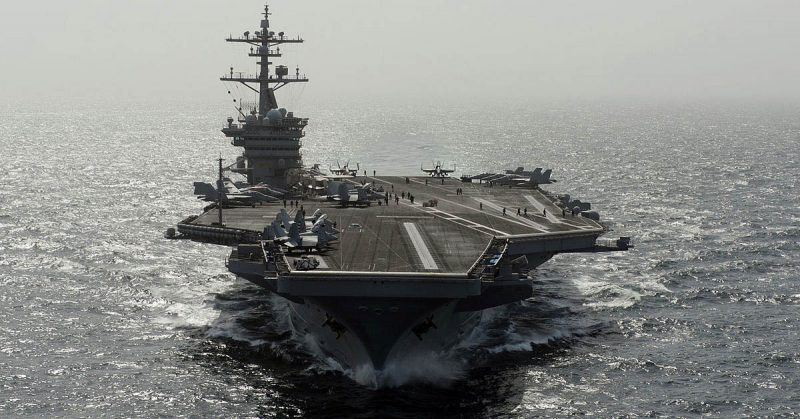The United States Navy is heading for a major organizational change that could eliminate the ability of the U.S. Pacific Fleet to train, man, and equip itself, and consolidate those powers under the United States Forces Command on the East Coast.
This round of reshuffling comes on the heels of a series of reviews identifying unclear lines of command and control. These reviews point to a long-believed sentiment that the Pacific Fleet operates in a distinct theater of its own, one that necessitates their control of force generation and force employment accounts.
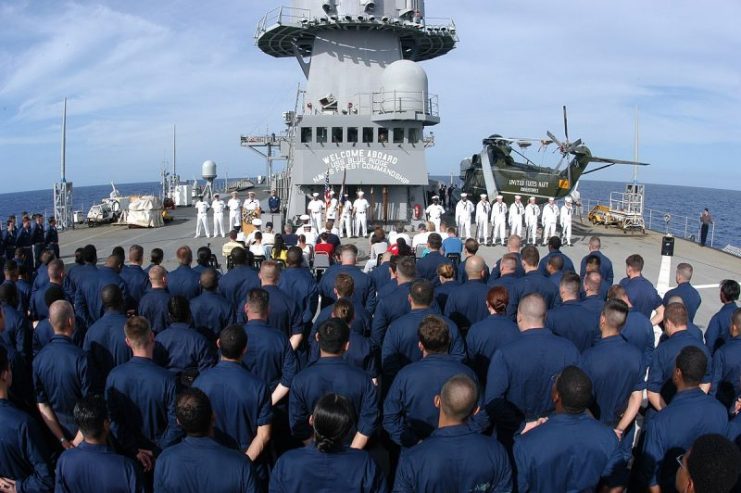
The planned removal of jurisdiction from the Pacific Fleet is not without controversy. For example, Admiral Scott Swift, the four-star head of the Pacific Fleet has chosen to retire rather than continue on with the present plan.
Swift acknowledged and recognized the weaknesses and shortfalls in the 7th Fleet, but told USNI that his 3rd Fleet Forward initiative, which keeps groups from the 3rd Fleet from changing command to the 7th Fleet when operating in the Asia-Pacific region, had already started to ease the burdens placed on the 7th Fleet.
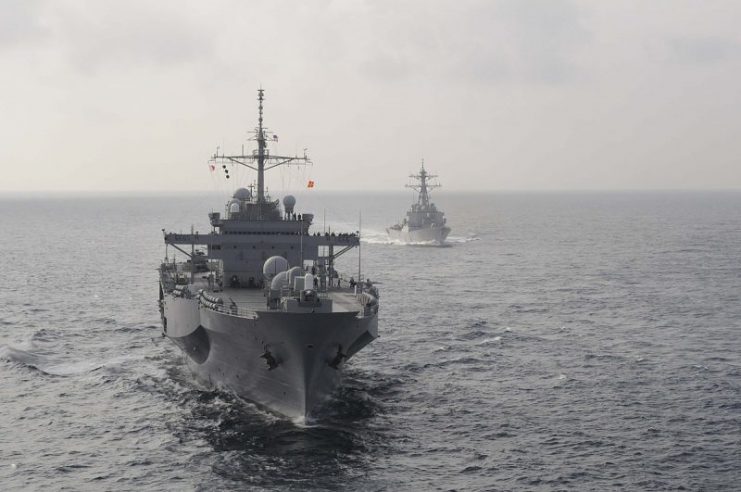
It’s unlikely that these objections will do much to sway the top Naval brass given the widespread readiness shortfalls in the Japan-based Pacific Fleet. The Vice Chief Admiral of Naval Operations, along with the Undersecretary of the Navy, are pushing the restructuring efforts laid out in the reviews on a board called the Readiness Reform and Oversight Council.
“One of the working groups led by [the deputy CNO for Operations, Plans, and Strategy], collaborating with the fleet and the office of legislative affairs and others, is going to really look hard at this force generation versus employment,” Admiral Bill Moran said. “And the model that exists today is that both coasts are doing a force generation piece and a force employment piece. And then you have FDNF that’s bolted on to that construct.”
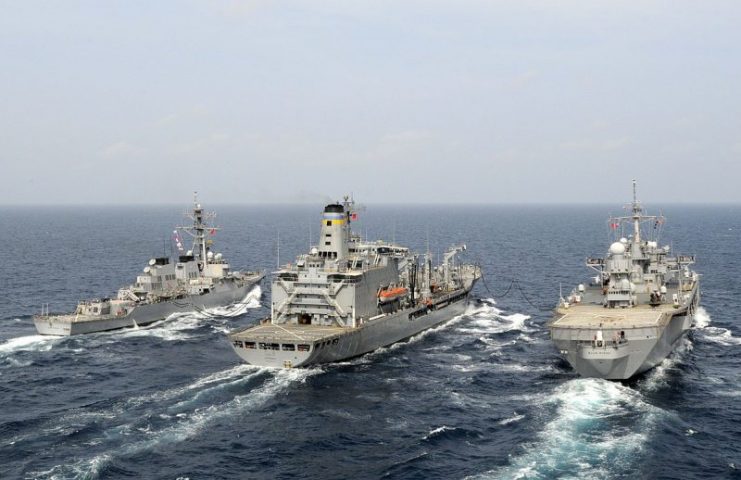
The other move recommended in the reviews, and now under consideration, is consolidating the Naval Surface Force Pacific and Naval Air Force Pacific and moving the conjoined force to Norfolk to be closer to a more empowered Fleet Forces commander. The last major reshuffle happened in 2001, and prior to that, both coasts had employed a three-star commander who oversaw modernization and operational concept development for their ships and training.
But post-reorganization, the Navy abandoned that for a lead/follow model, where SURFPAC and AIRPAC were headed by three-star commanders, and their counterparts on the East Coast were two-star admirals who mostly followed their lead, with a submarine type commander staying on the east.
The Navy’s Strategic Readiness Reviews recommended that all the leads be relocated to Norfolk, and the follows were to be kept in the Pacific. This move is designed to keep the Fleet Forces close to TYCOMs (Type Commands – i.e., submarine command, surface command). The argument behind this was that the relationship between the Pacific Fleet and Fleet Forces includes confusing and often contradictory lines of authority.
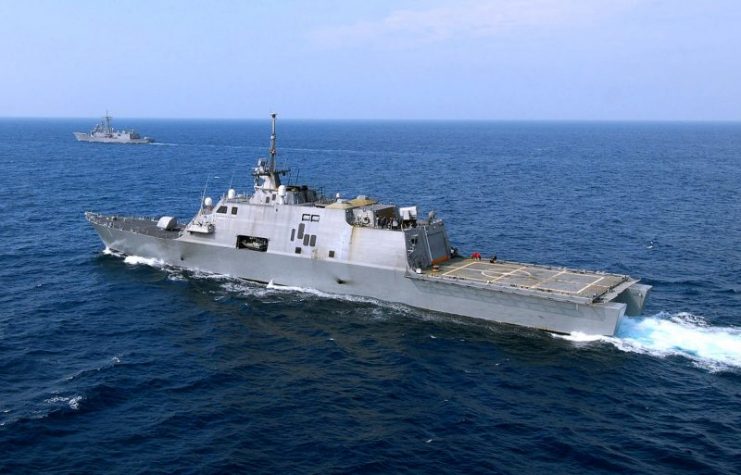
Another recommendation involved the re-establishment of the defunct 2nd Fleet in the role of readiness provider on the East Coast, and according to several sources, that recommendation is likely to be adopted. However, the same sources doubt whether the U.S 4th Fleet, which is focused on South-and-Central America, would be disbanded, as per the recommendation.
Those in support of the reorganization initiative say that nobody is questioning the ability of the Pacific Fleet to generate readiness, but noted that the dual presence of a readiness generator and a force employer creates a fox-guarding-hen house scenario where the enhanced requirement for forces can cause shortfalls like in the 7th Fleet.
